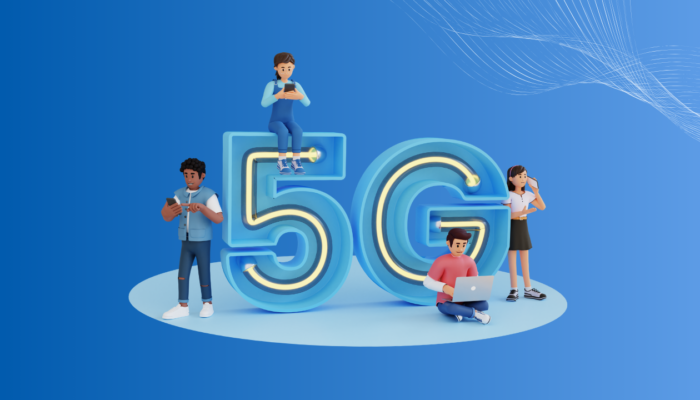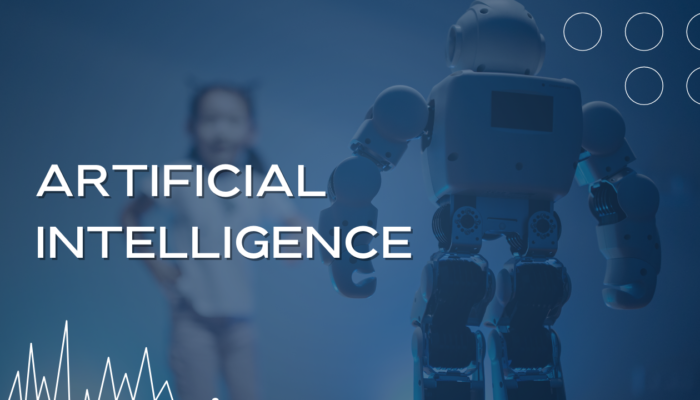Towven.com – In today’s increasingly digital world, where our lives are intertwined with technology, cybersecurity
is the practice of protecting systems from a growing number of threats. From online banking and shopping to social media and remote work, our personal and professional information is constantly transmitted and stored electronically.
This interconnectedness brings undeniable convenience, but it also creates vulnerabilities that cybercriminals can exploit.
Cybersecurity is no longer an optional add-on; it’s a crucial practice for individuals, businesses, and governments alike.
This article delves into the ever-evolving world of cybersecurity. We’ll explore the increasing importance of cybersecurity practices, the diverse threats lurking in the digital landscape, and the steps we can take to safeguard our systems and information.
Why Cybersecurity Matters More Than Ever
The digital age has brought an exponential rise in our reliance on technology. This dependence creates a prime target for malicious actors:
-
Pervasive Online Activity: We conduct a significant portion of our lives online – banking, shopping, communication, entertainment – making us vulnerable to data breaches and identity theft.
-
Evolving Threats: Cybercriminals are constantly developing new methods of attack, exploiting vulnerabilities in software and human behavior.
-
Financial Risks: Data breaches can lead to significant financial losses for individuals and businesses alike. Stolen financial information can be used for fraudulent transactions, and businesses can incur hefty fines for failing to protect customer data.
-
Reputational Damage: A cyberattack can severely damage an organization’s reputation, eroding consumer trust and potentially leading to lost business.
-
National Security Concerns: Cyberattacks can target critical infrastructure, such as power grids and communication systems, posing a threat to national security.
Cybersecurity practices are essential for mitigating these risks and safeguarding our digital assets.
A Landscape of Threats: Understanding the Challenges of Cybersecurity
The digital landscape is teeming with a variety of threats that necessitate robust cybersecurity practices:
-
Malware: This malicious software includes viruses, worms, ransomware, and spyware. Once installed on a system, malware can steal data, disrupt operations, or hold information hostage until a ransom is paid.
-
Phishing Attacks: These deceptive emails or messages attempt to trick recipients into revealing personal information or clicking on malicious links that can infect their devices with malware.
-
Social Engineering: This tactic exploits human psychology to manipulate individuals into giving up sensitive information or clicking on malicious links.
-
Zero-Day Attacks: These exploit previously unknown vulnerabilities in software, making them particularly difficult to defend against.
-
Denial-of-Service (DoS) Attacks: These overwhelm a system with traffic, making it inaccessible to legitimate users.
By understanding these threats, we can implement appropriate cybersecurity practices to minimize the risk of falling victim to a cyberattack.
Building a Digital Fortress: Implementing Effective Cybersecurity Practices
There are several steps we can take to improve our cybersecurity practices and protect ourselves in the digital world:
-
Strong Passwords and Multi-Factor Authentication: Use complex, unique passwords for all your online accounts and enable multi-factor authentication whenever possible. This adds an extra layer of security by requiring a second verification step beyond just a password.
-
Software Updates: Keep your operating systems, applications, and firmware updated with the latest security patches. These updates often address newly discovered vulnerabilities, making it more difficult for attackers to exploit them.
-
Be Wary of Phishing Attempts: Don’t click on suspicious links or attachments in emails or messages, and be cautious about unsolicited calls or messages requesting personal information.
-
Data Backups: Regularly back up your important data to an external source. This ensures you have a copy of your information in case of a cyberattack, ransomware infection, or hardware failure.
-
Antivirus and Anti-Malware Software: Install and maintain reputable antivirus and anti-malware software to protect your devices from malicious software.
-
Secure Wi-Fi Connections: Avoid using public Wi-Fi networks for sensitive activities like online banking. If you must use public Wi-Fi, consider using a virtual private network (VPN) to encrypt your traffic.
-
Cybersecurity Awareness: Educate yourself and those around you about cyber threats and best practices. The more aware we are, the better equipped we are to defend ourselves against cyberattacks.
Cybersecurity is an ongoing process, not a one-time fix. By implementing these practices and staying informed about evolving threats, we can create a more secure digital environment for ourselves, our businesses, and our communities.







